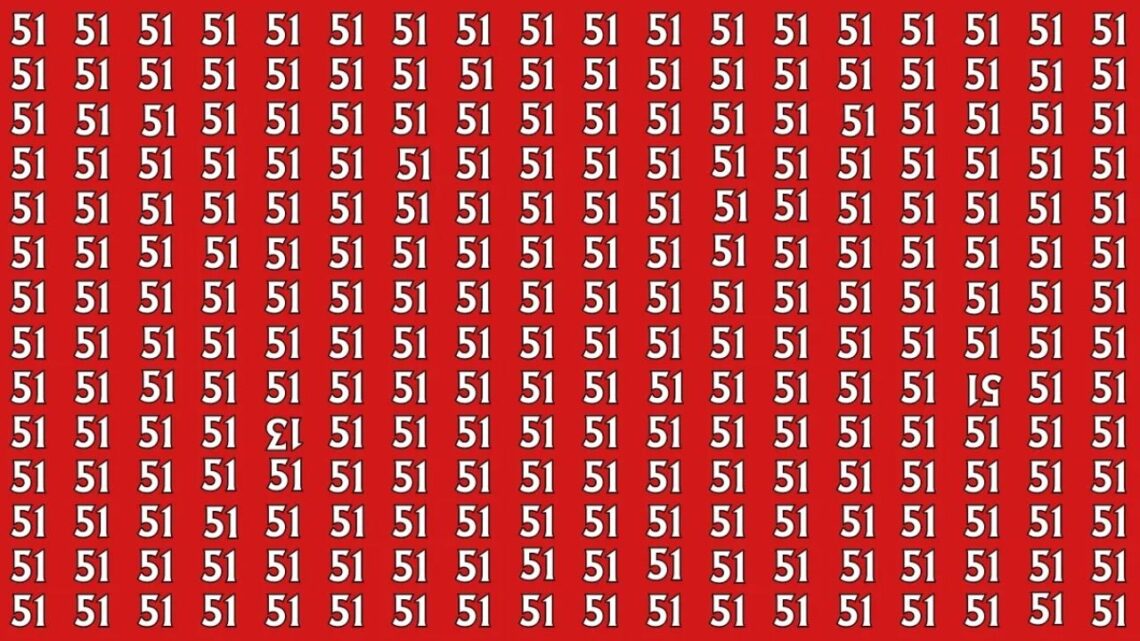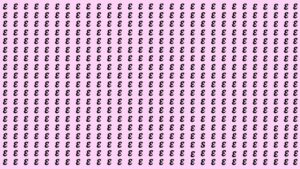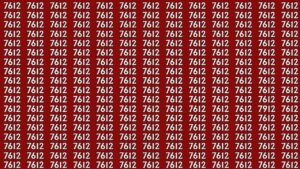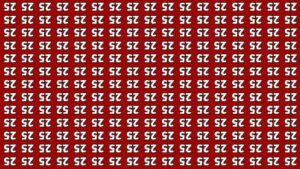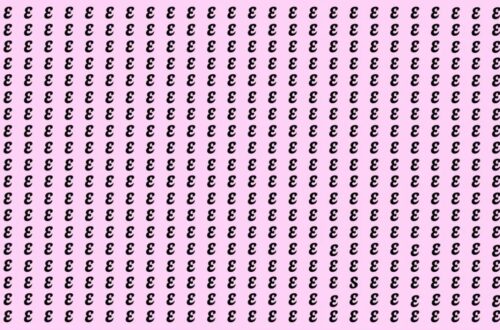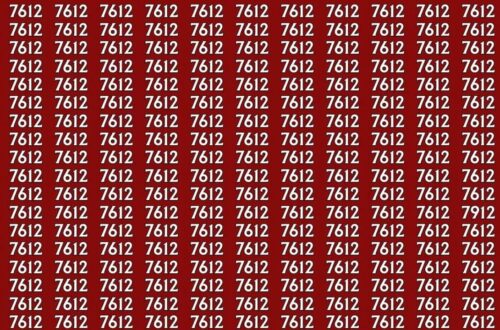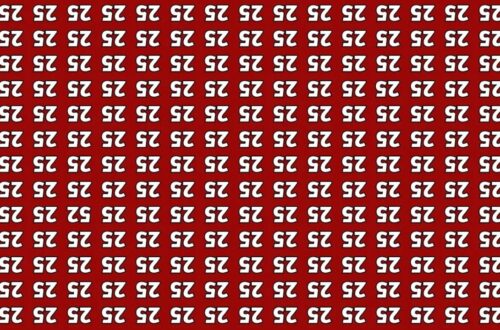Here’s your quick brain workout: spot an inverted “13” and an inverted “51” hidden inside a dense grid of “51”s—and do it in just 6 seconds.
Sounds simple, right? Not quite. This high-speed optical illusion plays on your brain’s love for patterns, forcing you to fight the urge to skim and instead lock onto the tiny anomalies that break the rhythm.
Why This Optical Illusion Is So Tricky
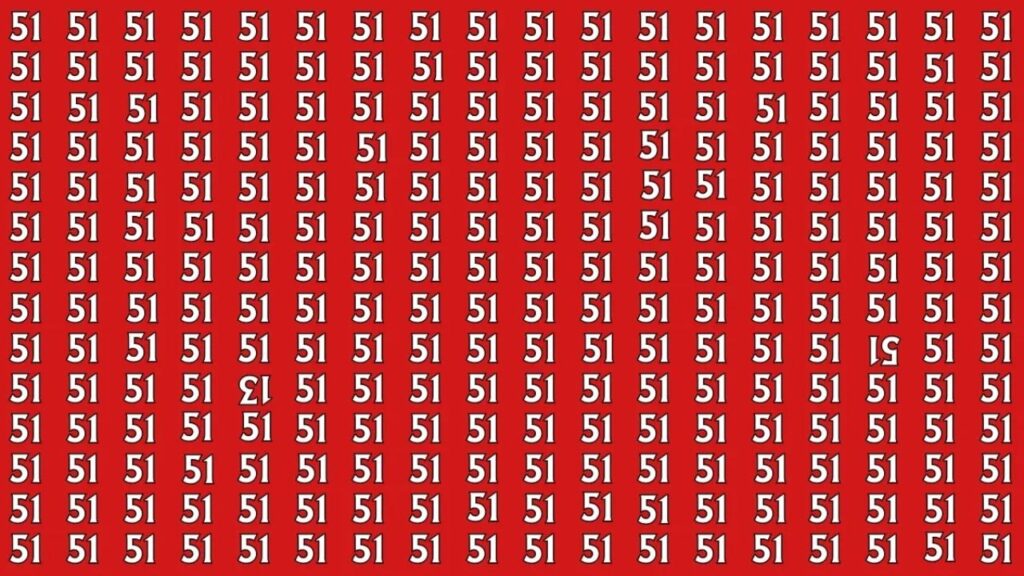
Our visual system thrives on shortcuts. When you stare at a big block of repeating “51” pairs, your brain quickly labels the whole field as “same” and stops checking the details.
That’s why an inverted 13 (where the digits appear flipped) or a mirrored 51 can sit in plain sight—your brain simply filters it out. Add a 6-second time limit, and your natural tendency to rush makes it even easier to miss the odd ones.
How to Beat the 6-Second Timer
If you want to nail this challenge, switch from passive looking to active scanning. These strategies help:
- Slice the grid: Scan one row at a time, then one column segment at a time. Micro-scans beat random searching.
- Anchor on the last digit: Most tiles end in “1” (from “51”). The moment you see “5” at the end, pause—this could be the “…2→5 swap” or an inversion.
- Hunt the shape, not the number: Don’t read “fifty-one.” Instead, look for digit silhouettes—a “3” curve or a “1” where you expect a straight “5.”
- Blink check: Briefly avert your gaze and refocus; the pop-out effect can reveal the anomaly.
Quick Reference
| Item | Details |
|---|---|
| Goal | Find one inverted “13” and one inverted “51” hidden among many “51”s |
| Time Limit | 6 seconds |
| Core Skills | Pattern recognition, visual scanning, attention to detail |
| Common Errors | Skimming rows too fast, reading numbers instead of spotting digit shapes, ignoring end digits |
| Best Tactics | Row-by-row scan, end-digit anchoring, shape-based detection, blink-refresh |
| Difficulty | Medium–Hard (rises with grid density and font similarity) |
| Great For | Daily focus training, warm-up before study/work, quick cognitive boost |
Step-By-Step: A 6-Second Scan Plan
- Rows 1–3 (2 seconds): Sweep left-to-right, eyes anchored on the second digit of each pair. You’re looking for anything that isn’t a crisp “1”.
- Rows 4–6 (2 seconds): Repeat, but now anchor on the first digit—the “5”. Any crooked stroke or curve hints at a “3”.
- Final pass (2 seconds): Scan outer edges and corners; creators often hide anomalies at the margins because we check them last.
Solution
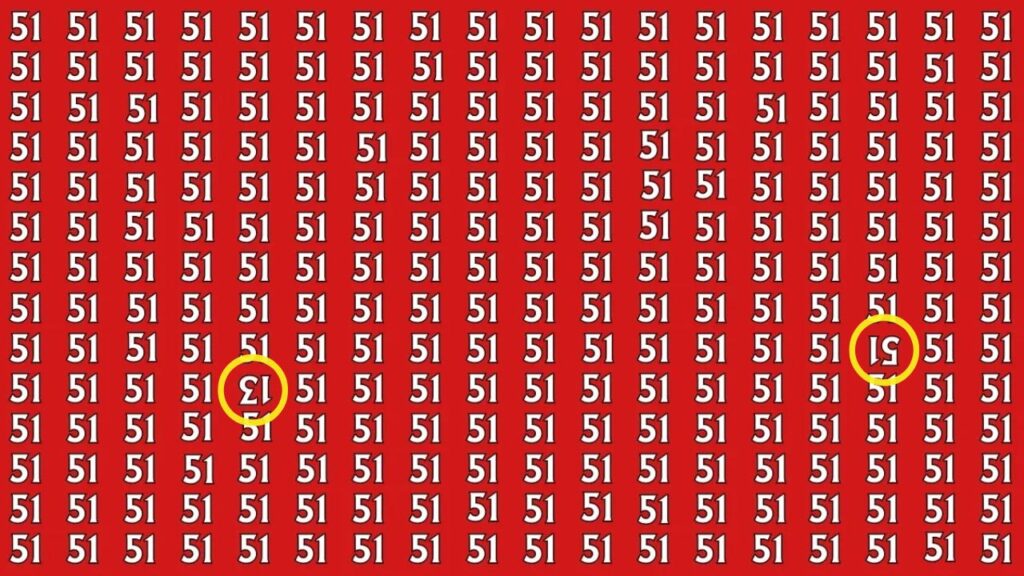
Every puzzle layout is different, but creators often tuck the anomalies off-center to punish central-only scanning. In a typical grid, you’ll commonly find:
- The inverted “13” lurking in a lower-middle row, slightly left of center.
- The inverted “51” placed high-right or low-left to force diagonal eye movement.
If you didn’t spot them within 6 seconds, don’t sweat it. Most people improve rapidly after two or three runs because your brain starts prioritizing digit shape cues over “reading” numbers.
Why These Puzzles Are More Than Just Fun
Regularly tackling quick visual challenges like this can sharpen focus, processing speed, and error detection—useful skills for reading spreadsheets, checking documents, or scanning dashboards. Even a one-minute daily session of number-grid spotting trains your attention to notice what doesn’t belong, which is the essence of quality control in many real-world tasks.
Pro Tips for Creators (If You’re Making Your Own)
- Keep the font and stroke width consistent so the anomalies rely on digit orientation, not obvious styling.
- Use a 14×14 or 16×16 grid to balance challenge and visibility.
- Hide anomalies away from the center and near line breaks or corners to increase difficulty.
- Add a gentle countdown overlay to raise arousal and replicate the real challenge pressure.
The “Find the inverted 13 and 51 among 51s in 6 seconds” challenge is a perfect micro-workout for your attention to detail. By scanning in slices, anchoring on end digits, and hunting shapes rather than reading, you’ll start spotting the oddities much faster.
Whether you’re chasing a personal best or sharing a puzzle with friends, this quick optical illusion delivers both fun and focus training—a tiny daily habit with outsized payoff for how sharply you see the world.
FAQs
Why do I miss the inverted numbers even when I’m focused?
Because your brain auto-groups repeating patterns. It treats a field of “51”s as one “thing,” suppressing differences. You have to override that with intentional micro-scans.
How can I consistently beat the 6-second limit?
Practice row-by-row scanning, anchor on the last digit, and train your eyes to spot digit shapes. With repetition, your detection speed jumps quickly.
What’s the best grid size for a fair challenge?
A 14×14 or 16×16 grid balances difficulty and legibility. Denser grids raise challenge but risk eye strain; lighter grids may feel too easy.

